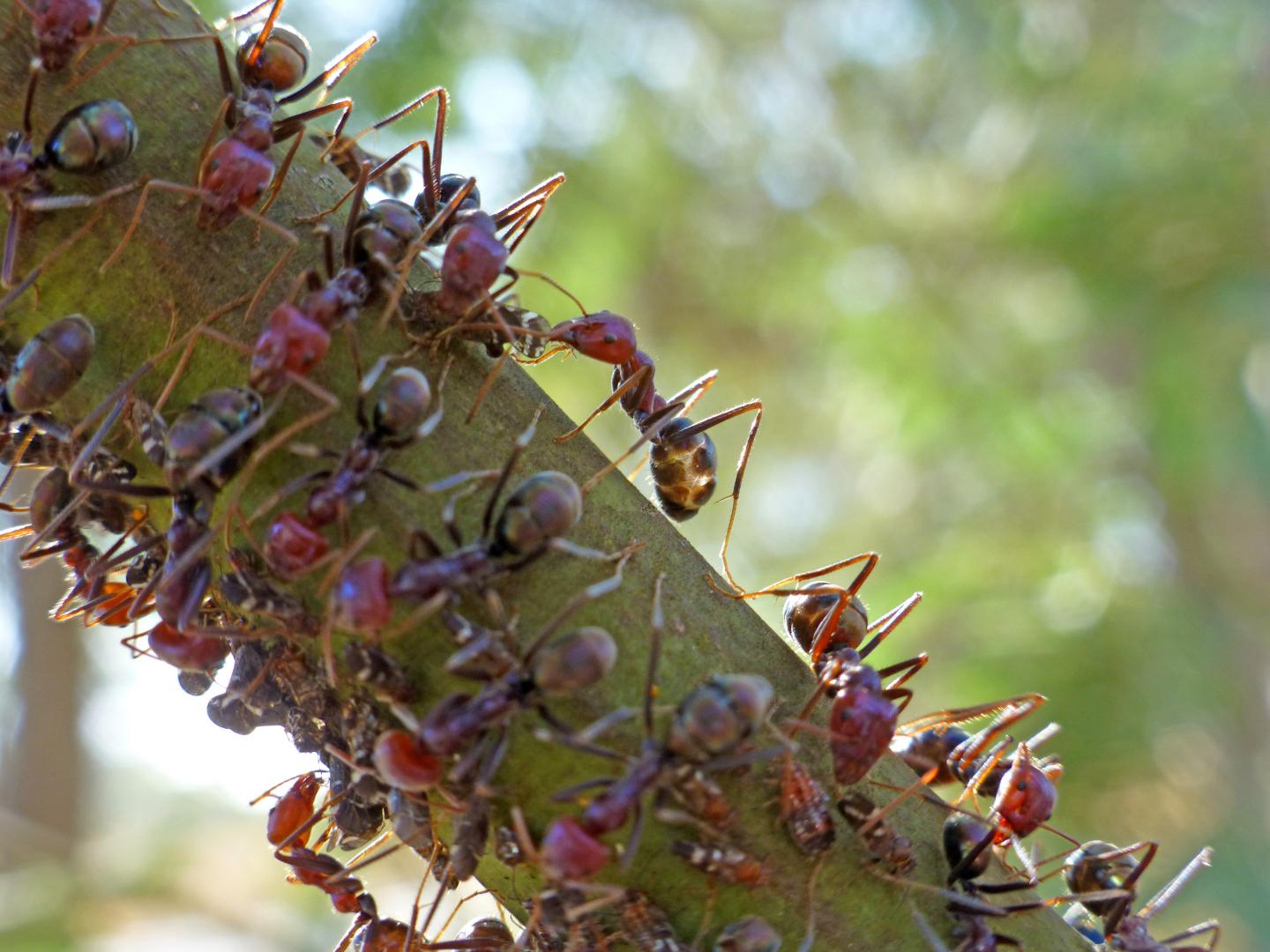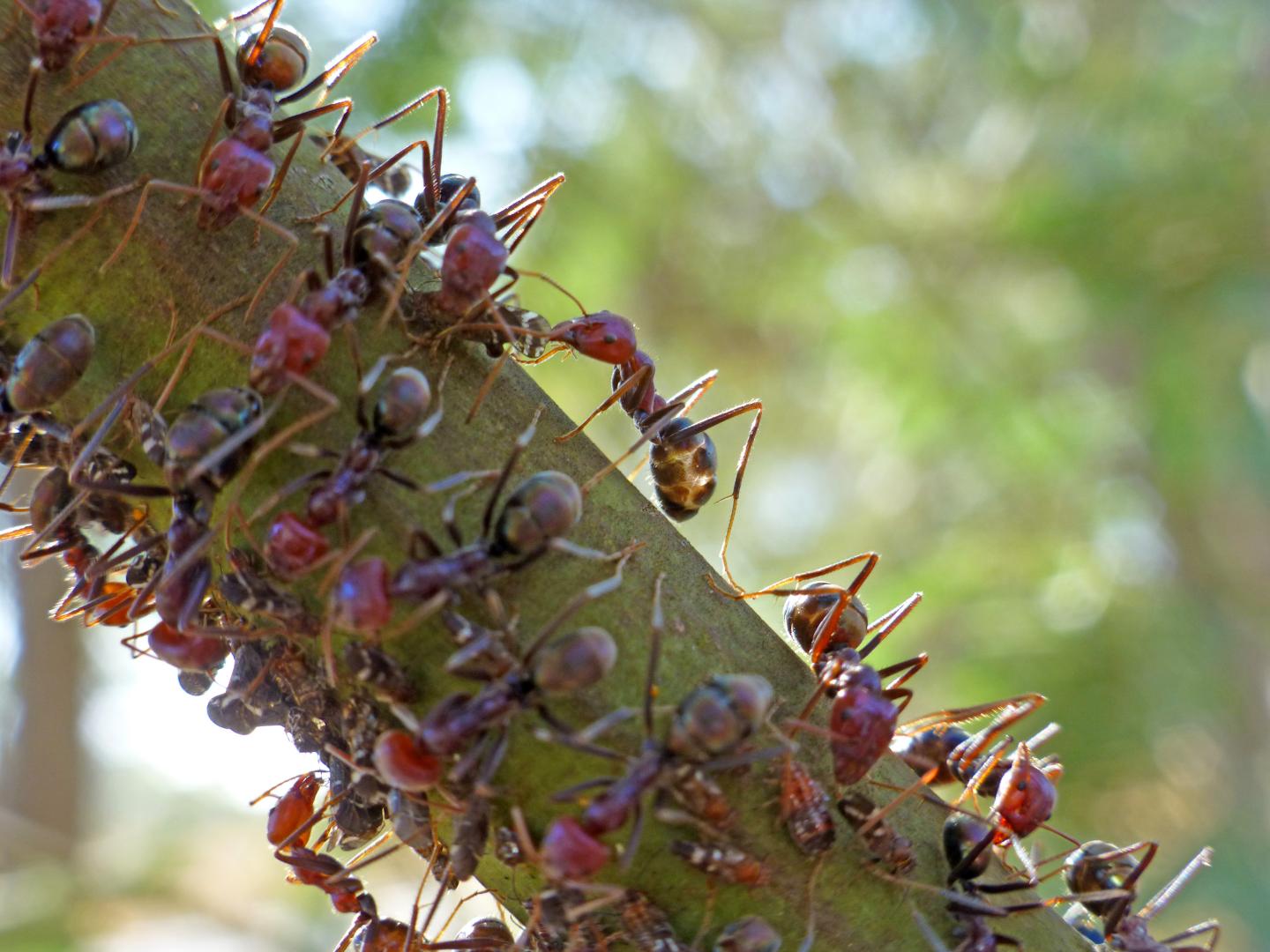
University of Melbourne scientists have shone a new light into the complexities of ant communication, with the discovery that ants not only pick up information through their antennae, but also use them to convey social signals.
It is believed to be the first time antennae have been found to be a two-way communication device, rather than just a receptor.
Biologists from the University's School of BioSciences analysed the behaviour and surface chemistry of hundreds of ants to examine how they interacted.
The key focus was the use and function of cuticular hydrocarbons (CHCs) – a layer of waxy build-up that covers an ant's body and that of many other insects, such as bees, wasps, flies, and beetles.
CHCs are a group of multi-purpose chemical compounds that not only protect animals from dehydration, but also form a crucial part of their communication toolbox.
Ants use these chemicals to identify whether another is a friend or foe.
According to the research, when the CHCs were removed from just the antennae of the ant, her opponents were no longer able to recognise her colony identity.
This tells us that the CHCs on the antennae provide information about which nest they come from.
"An ant's antennae are their chief sensory organs, but until now we never knew that they could also be used to send out information," PhD student Qike Wang said.
Over 125 years ago, famed entomologist Auguste Forel removed the antennae of four species of ants entirely and put them together.
Instead of fighting among themselves, they huddled unnaturally together entirely peacefully, Mr Wang said.
"Forel's experiment told us about antennae being used to receive chemical signals, but our research suggests that they are also a source of chemical signals.
"Like everyone else, we assumed that antennae were just receptors, but nature can still surprise us."
Mr Wang and his co-authors also found that CHC profiles were different depending on where on the body they were. This contradicts the conventional wisdom that CHC profiles on different body parts of ants are the same.
"Compared to visual or acoustic signals, we know rather less about chemical signals, and one reason might be that we are analyzing a mixture of different signals."
"What we'd like to know is what more they might tell us."
###
The paper "Location-specific cuticular hydrocarbon signals in a social insect" has been published in the Proceedings of the Royal Society of London B.
Media Contact
Crys Ja
[email protected]
61-383-448-922
@unimelb
http://www.unimelb.edu.au





